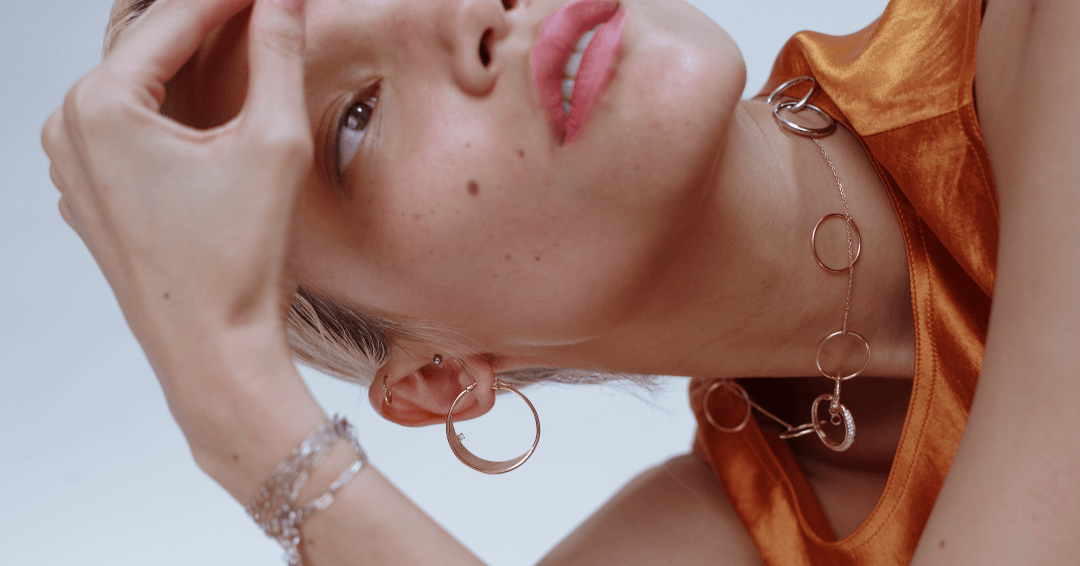Lab-Grown Diamonds: An Explainer
As the diamond industry searches for ways to be more ethical and sustainable, Milena Lazazzera explores the man-made alternatives
As soon as you start meandering in the shopping avenues of the world wide web in search of a diamond, you stumble on two options: lab-grown or natural diamonds. But what’s the difference?
To the naked eye, only the price tag, as man-made stones are typically 30% less expensive than natural ones. Otherwise, diamonds grown in a laboratory are chemically (made of carbon) and structurally (cubic crystal structure) identical to their mined counterparts. But the most significant distinction is provenance. Natural diamonds were cooked up in Mother Earth’s cauldron billions of years ago, while those that are man-made are churned out within weeks from mighty machines.
So how are they made? Most lab-grown diamonds are produced in two ways: high pressure, high temperature (HPHT) or carbon vapour deposition (CVD) – both not too different from putting a corn kernel in a hot pan, heating it and making it pop. HPHT diamonds are formed from a carbon seed crystal placed in a sort of gigantic oven that mimics the extreme pressure (about 50,000 times that of the atmosphere on the Earth’s surface) and heat (around 1,400ºC) that, after the Big Bang, made carbon atoms crystallise into diamonds. With CVD, tiny seeds of natural diamonds expand through layers of a carbon-hydrogen gas mixture deposited on them within a chamber heated to about 800ºC.
Man-made diamonds have rapidly grown in popularity since Leonardo DiCaprio’s Blood Diamond in 2006 showed how mined diamonds profited warlords in African countries mired in conflicts. Although the Kimberley Process regulates trade to stem 99% of the global production of conflict diamonds, fresh concerns have arisen since Russia, which unearths nearly a third of natural diamonds, launched a full-scale invasion of Ukraine.
Yet miners argue that natural diamonds provide the resources to invest in conservation projects and local communities, thus reducing poverty rates – as happened in Botswana.
That said, consumers find lab-grown diamonds more affordable and are appealed by their environmentally friendly and ethical credentials, however, these claims need to be examined with due diligence.
The environmentally friendly statement is valid only when laboratories use renewable resources to produce the colossal amount of energy needed to bake their gems – otherwise, lab-grown diamonds may end up having a higher carbon footprint than natural diamonds.
When it comes to ethics, you need to inquire about lab-grown diamonds’ entire supply chain as substandard labour practices may occur when diamonds are cut and polished, usually in a country different from where they are made.
If you think lab-grown diamonds are the right choice for you, here are five brands that have done the hard work for you:
1. Vrai: With diamonds made by its parent company Diamond Foundry using hydropower, Vrai guarantees full transparency across its supply chain.
2. Nomis: This indefatigable Ukrainian brand still operates and offers bold, symbolism-filled designs while delivering full transparency.
3. Kimaï: Based in Antwerp, Europe’s diamond epicentre, Kimaï’s sustainability standards have won the approval of the Duchess of Sussex.
4. Vever: The former art nouveau prodigy brand was relaunched last year and recognised by the French government as a company with a special ethical and environmental mission.
5. Innocent Stone: Founded by a former mined diamond dealer, Innocent Stone offers a wide choice of lab-grown diamonds, either loose or set in jewellery.
Milena Lazazzera is a fashion and jewellery writer, contributing to Financial Times, The New York Times, The Business Of Fashion, Vogue Business, Tatler and more




